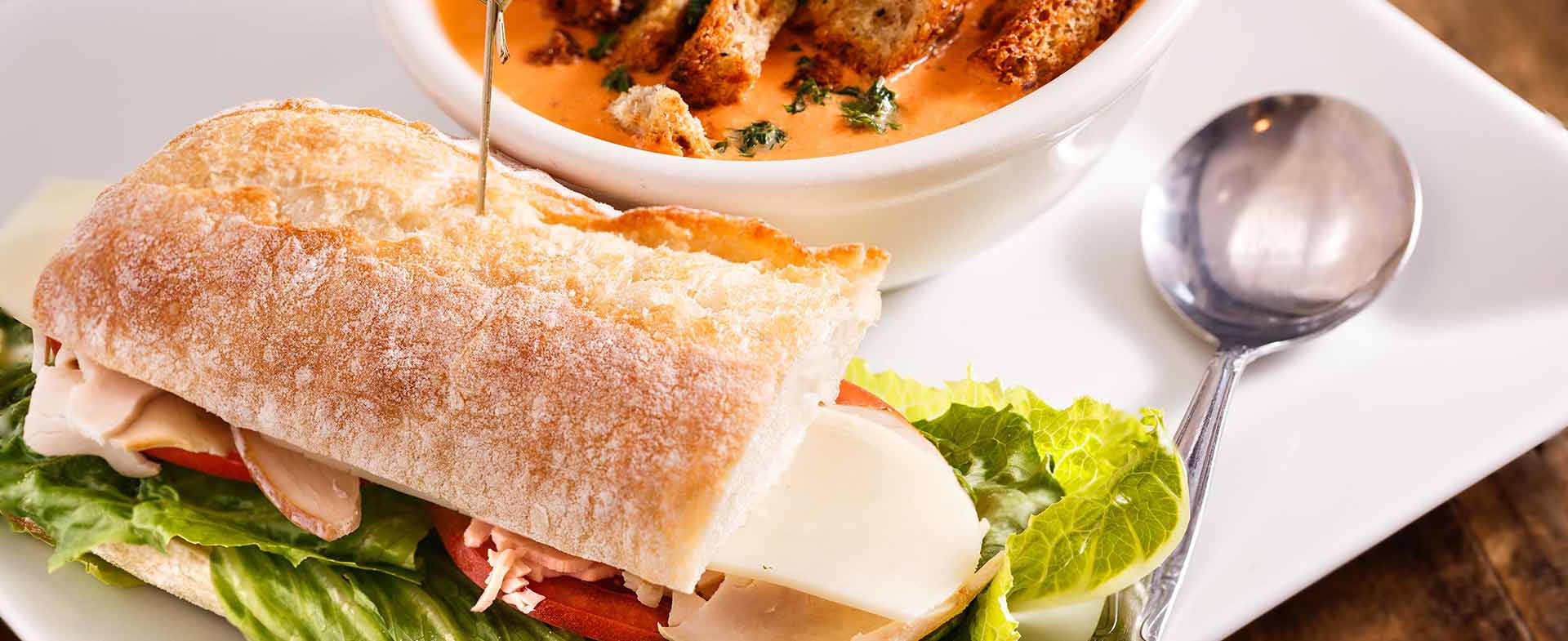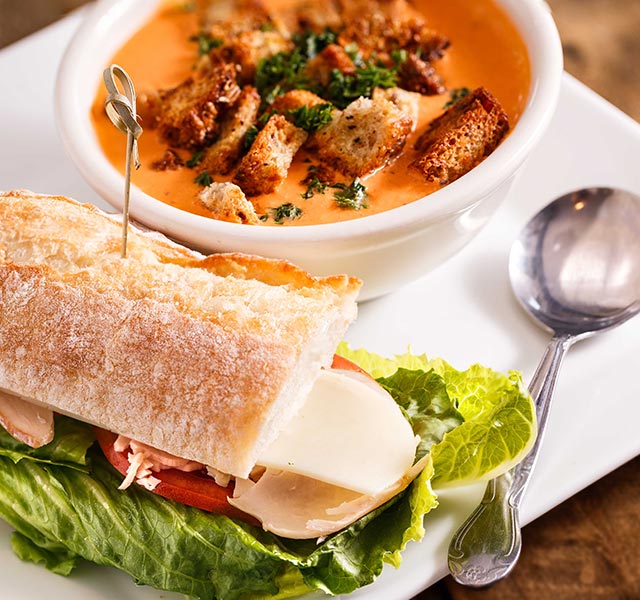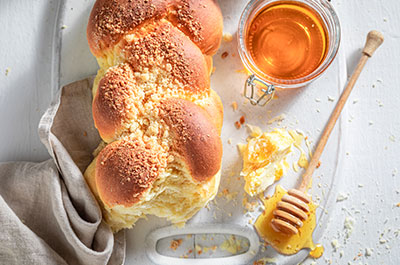There is a reason unhealthy food tastes good. These foods are often high in sodium – whether you realize it or not.
The American Heart Association identifies six popular foods that are known for being very high in sodium and are very common in the typical American diet. They’ve dubbed these the “Salty 6,” and recommend monitoring your consumption of these six foods to stay within the Dietary Guidelines for Americans recommended 2,300 milligrams of sodium per day.
Darlene Zimmerman, a registered dietitian with the Henry Ford Heart & Vascular Institute, explains that it is often easy for people to consume high levels of sodium each day because they aren’t aware of how much salt is in the foods they eat.
“Many people can’t visualize what 2,300 milligrams of sodium looks like,” says Zimmerman. “If you’re curious, it is equal to the amount of sodium in only one teaspoon of salt!”
Zimmerman breaks down the dangers of the Salty 6 and offers up ways you can manage your sodium intake:
1. Bread
Foods you eat several times a day, like bread in all its various forms, add up even though each serving may not seem high in sodium.
Swap with:
- Smaller slices. While it is okay to eat bread in moderation, be aware of how much you are eating. Try buying loaves that have thinner slices or choosing smaller buns. If you’re worried a smaller piece of toast won’t fill you up in the morning, try topping it with a lean protein or supplement your breakfast with other food groups.
- Lower-sodium varieties. There are many grocery store brands that offer reduced sodium bread options. Fresh bread from a bakery typically has less salt added than your choices in the bread aisle, as well.
2. Cold Cuts and Cured Meats
Buying your meats packaged and pre-sliced might be convenient, but the salt added to keep these products fresh can set you back in your sodium intake.
Swap with:
- Low-sodium lunch meats. Most lunch meat brands offer low or reduced sodium products. Buying meat from a deli cuts out some sodium that is added to packaged meats for preservation.
- Smaller portions. As with all foods, moderation is key. When eating cold cuts or cured meats, be aware of the recommended serving size. Try folding lunch meats so they layer up better on your sandwich or cut pepperoni in half to cover more pizza surface area with fewer slices.
3. Sandwiches
Two wrongs don’t make a right. Combining bread and meat together doubles your sodium intake. Add other sandwich toppings like cheese and condiments, and you can see why sandwiches are often salt bombs.
Swap with:
- A lettuce wrap. Decrease your sodium intake by ordering your sandwich on a lettuce wrap instead. This way you avoid that high sodium level the bread brings to your lunch in the first place.
- Less meat and cheese. When you are at a sandwich shop, ask that they use half as much meat and cheese. Fill the rest of your sandwich up with plenty of veggies for a lighter, more balanced meal. Or, try ordering only half a sandwich with a garden salad or some fruit on the side. You can still enjoy the sandwich you want, but as a more manageable portion with a healthy side.
4. Pizza
If you think about it, a pizza has a lot of the same ingredients as a sandwich. Bread and meat (plus cheese) are a bad combination when it comes to monitoring your sodium intake.
Swap with:
- More veggies. Instead of topping your pizza with multiple meats and cheese, opt for only one lean meat (think chicken or turkey Italian sausage) and lots of veggies. Or try a vegetarian pizza all together!
- A different crust. Crust is essentially bread, and bread can be high in sodium. If you’re struggling to cut back on toppings, choose thin crust or try a different type of crust for your base. Cauliflower crusts are a great way to cut back on salt (but be sure to read the label if you’re buying storebought). Or, you could try using different vegetables to make low-sodium, gluten-free personal pizzas.
5. Soup
Canned soups can have anywhere from 100 to 940 milligrams of sodium in a single serving. Now imagine how much sodium you are consuming when you eat more than the recommended serving size or even an entire can.
Swap with:
- Reduced-sodium versions. When you are at the store, check the nutrition labels for low or reduced-sodium soups. You’ll find that most name brands make a low sodium option for all their popular varieties.
6. Burritos and Tacos
Whether you prefer your tacos from a fast-food chain or somewhere more authentic, be aware that most taco and burrito toppings (meats, cheeses and beans) are often very high in sodium.
Swap with:
- Fresh ingredients. It is easy to overdo it with sodium if you load up your taco or burrito with toppings like refried beans, cheese and guacamole. Instead, make sure fresh ingredients like lettuce, tomatoes and peppers make up most of your meal.
One of the best ways to cut back on the salt in your diet is to make your own food. Consider preparing soups, pizza and tacos at home, or even making your own bread. This way, you have more control of the ingredients you use and how much salt is added.
Eating a diet high in salt can raise your blood pressure over time – possibly leading to stroke, kidney disease and heart failure. By learning to identify and reduce your intake of high-sodium foods, you have a better change of living a heart-healthy lifestyle.
To find a doctor or registered dietitian at Henry Ford, visit henryford.com or call 1-800-HENRYFORD (436-7936).
Darlene Zimmerman is a registered dietitian with the Henry Ford Heart & Vascular Institute and the author of the Heart Smart Cookbook, now in its third edition with more than 100,000 copies sold nationwide.



